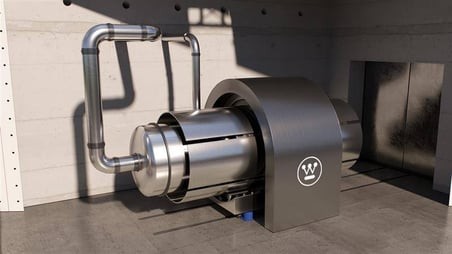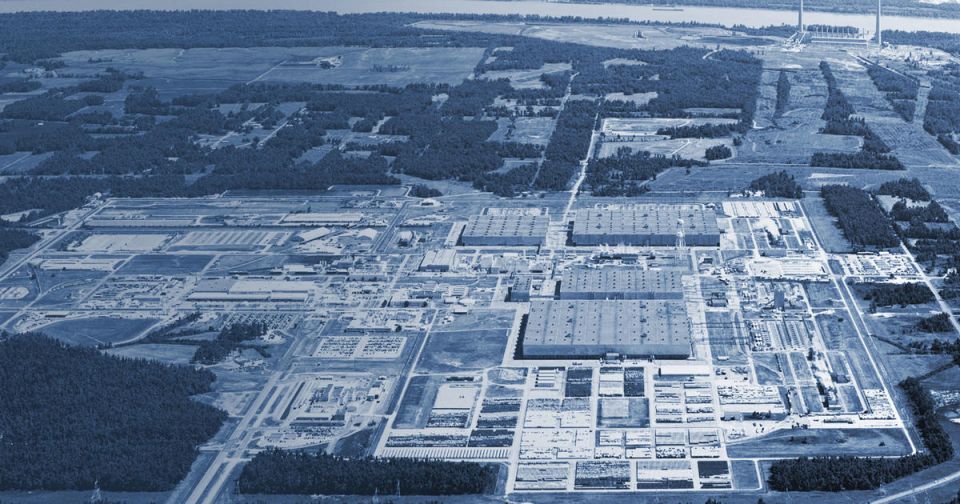“Importantly, the standard establishes a minimum set of requirements for the designer to appropriately combine deterministic, probabilistic, and performance-based methods during design and continuing into operations,” Standards Board chair Andrew Sowder told Nuclear News. “And while many existing ANS standards employ RIPB concepts and methods to some degree, none embody RIPB to the degree that 30.3 does. The ANS Standards Board seeks regulatory endorsement of this standard as an important contribution to advancing modernization of nuclear safety standards.”
In-person dialog: ANS sent the newly published standard to the NRC in August 2022, requesting endorsement, and the NRC’s “preliminary comments” in response were issued by letter in June 2023. ANS replied on January 31, 2024, with a letter addressed to NRC standards executive Michele M. Sampson.
In that letter, Sowder explains that ANS is seeking to move beyond an exchange of letters: “We would very much like to continue the dialog and engage the industry in this important matter via an NRC public meeting.” A public meeting, attended by the reactor developers who would use ANSI/ANS-30.3-2022, would allow ANS-30.3 working group members, NRC representatives, and industry representatives to air and answer questions.
As Donald Eggett, then chair of the Standards Board, wrote in his initial August 2022 letter to the NRC requesting endorsement, “Regulatory endorsement of this standard would enable NRC to report to Congress significant progress in implementing the advanced reactor regulatory activities plan.” Federal agencies, including the NRC, are directed by the Office of Management and Budget’s Circular A-119 to use voluntary consensus standards “whenever practicable and appropriate” rather than expending federal resources to develop standards, in part because doing so could “decrease the cost of goods procured and the burden of complying with agency regulation.”
Comment and response: The NRC offered two general comments and six technical comments (some with subparts) in the June 2023 letter to ANS. In its first general comment, the NRC notes that the standard differs from established NRC regulations and from previous standards submitted for endorsement. “ANSI/ANS-30.3-2022 provides broad and high-level guidance to designers of advanced light water reactors. While this objective is consistent with the standard’s intended purpose as design guidance, standards endorsed by the NRC in the past have included substantially more detail,” it states.
In a second general comment the NRC states, “On several topics, the standard contains guidance that is noticeably different information from established NRC regulations, policy, guidance, and endorsed documents.”
In response, ANS notes that “ANSI/ANS-30.3-2022 is a performance-based standard; therefore, it would not normally be expected to contain the level of technical detail typically found in prescriptive documents. With a global move toward modern performance-based design and licensing guidance, higher-level standards like ANSI/ANS-30.3-2022 provide flexibility to the reactor designer in establishing processes and procedures tailored to their own unique business needs and process while still maintaining strong tenets of nuclear safety.”
ANS also notes that “ANSI/ANS-30.3-2022 offers users ways of taking advantage of recent evolutions in the NRC’s regulatory practice, which is more open to performance-based concepts and methods. Section 11, ‘Performance-based decision making,’ may be seen as groundbreaking because it explicitly draws from the Commission’s modernization efforts documented in Staff Requirements Memorandum (SRM) for SECY-98-144, ‘White Paper on Risk-Informed, Performance-Based Regulation.’”
In SECY-98-144, the NRC defined specific attributes of performance-based requirements, including that “licensees have flexibility to determine how to meet the established performance criteria in ways that will encourage and reward improved outcomes.”
More on 30.3: Work on ANSI/ANS-30.3-2022 began in January 2018 with an initial draft and months of review and revision by ANS standards committees before a revised draft was issued to the ANS Large Light Water Reactor Consensus Committee for formal approval and concurrent public review in March 2021; substantive changes followed. The third ballot and public review was approved without comment or objection in July 2022, and on July 21 the standard was approved by the American National Standards Institute (ANSI).
The standard provides requirements for using RIPB methods to support: (1) definition of safety requirements; (2) licensing-basis event selection; (3) design-basis safety analysis; (4) probabilistic risk assessments; (5) severe accident analysis; (6) classification and categorization of structures, systems, and components (SSCs); (6) systematic defense-in-depth (DID) evaluations; and (7) performance-based decision analysis.
A reactor designer using the standard is responsible for selecting and implementing specific design requirements. The designer must include support for defining accidents and expected operational characteristics through design analyses, models, conformance with applicable industrial codes and standards, or experience gained from similar designs, as well as for the use of alternate or additional criteria and requirements to accommodate unique technologies, designs, or site characteristics not covered or referenced by ANSI/ANS-30.3-2022 or its related documents.





